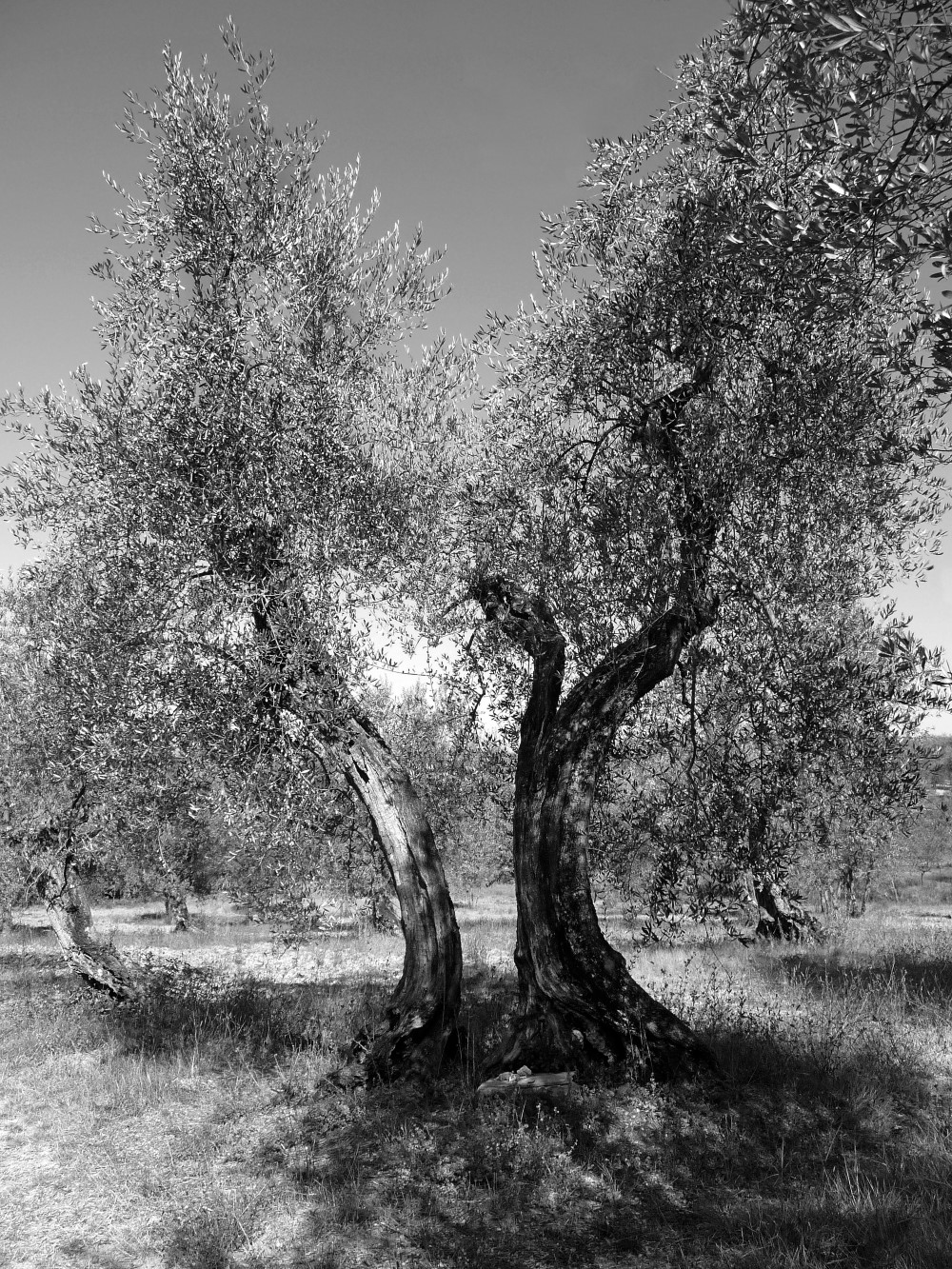The summit of Monte Pilli (449) is characterized by the group of cypress trees that surround the villa’s park and make it unmistakable even from great distances.
On this hill, in medieval times, there was a castle whose presence is attested since the year 1000. From ancient documents we know that, in 1066, a certain Gisla, a noble Lombard woman and widow of Azzo Pagano, gave the fourth part of the castle to the Monastery of San Pier Maggiore, which she herself founded. While in 1085, Soavizio Pagano promised his ‘niece Guazza’, abbess of the aforesaid Monastery and daughter of Gisla and Azzo, that he would protect the possessions of the courts and castles of Perticaja Ajantica and ‘Monte Pilloli known as San Martino a Villamagna’. Another document, dated April 11, 1195, informs us of the sale of some lands ‘at castello di Montepilli’ to the Monastery of Vallombrosa.
The castle, which later disappeared, was survived by the church, first mentioned in 1260 as San Martino a Montepilli. The building was home to a parish, in existence until the end of the sixteenth century, whose territorial area is documented by the Papers of the Captains of the Guelph relating to the People of San Martino a Monte Pilli. The parish had the patronage of the Soldani family who had extensive possessions in the surrounding hills, which was later taken over by the Marquises Panciatichi.
After the withdrawal, the church was reduced to a chaplaincy and the people joined together with those of San Quirico a Ruballa. The small cemetery, which was located in front of the parish, was transformed, rather quickly, into a meadow. The rectory became the home of the chaplain who was also assigned the farm of the parish named San Martino.
In 1867, a law of the Italian State, which suppressed certain ‘ecclesiastical favors’ and gave the lay patrons the opportunity to reclaim the property, allowed the withdrawal of the chaplaincy and gave the Panciatichi, the ancient patrons, the chance to regain a hold of the former parish of San Martino a Monte Pilli. In 1869, the Marquis Ferdinando Panciatichi, upon payment of 30% of the value, was able to acquire ‘prebendary assets’ consisting of a chapel, a house (the former rectory) and a farm with its annexes. The following year, the assets were sold to Pasquale Cerrini. After the latter’s death the property passed to his widow Julia Finocchietti. The Cerrini family completely restructured the former rectory, transforming it into the villa that still exists and maintaining the chapel dedicated to San Martino. The surname Cerrini remained in the place name which was given to the top of the hill by the locals, the old inhabitants of the area called it ‘La Cerrini’. Even in the sixties of the twentieth century the statement “Go to the Cerrini” meant going to the top of Monte Pilli.
The origin of the name Pilli is explained by two different hypotheses. According to one it derives from the Latin Pinulum, a diminutive of the noun pinus and this explanation leads us to think that, in ancient times, the hill must have been covered by shady and fragrant pine forests. The second hypothesis gives the name an entirely different origin resulting from ‘pilloli’, a term which, popularly, indicated and indicates the river pebbles and lapillus on the slopes of this hill which must have been found in abundance.







